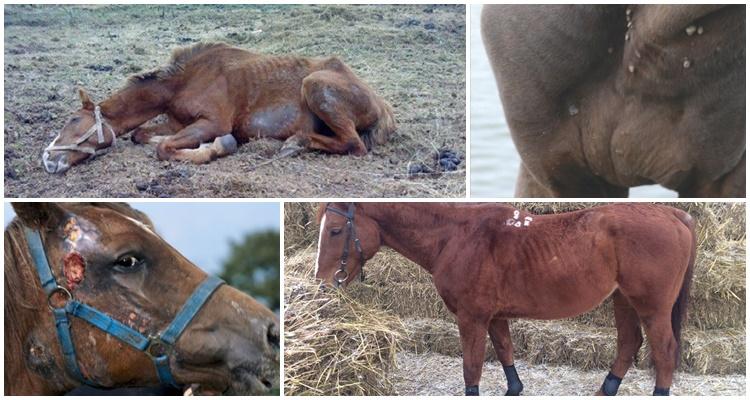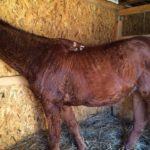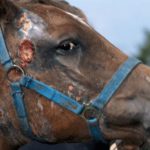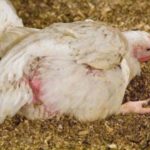The occurrence of piroplasmosis in horses is a dangerous problem. Moreover, it is associated with infection by special parasites. This occurs when tick bites. To identify and eliminate pathology, it is recommended to consult a veterinarian in a timely manner. It is worth considering that the younger the animal, the more difficult it is to tolerate pathology. Therefore, it is so important to start therapy on time.
Description of the disease
The causative agent of the pathology is considered to be Piroplasma caballi, which belongs to the Babesiidae family. This is one of the largest endoglobular parasites that are localized in erythrocytes.The carriers of the disease are ticks, which belong to the genus Dermacentor. In this case, the causative agent of piroplasmosis is transmitted by ticks through eggs.
Reasons for appearance
The cause of the disease is considered to be blood poisoning by parasites. It occurs as a result of a tick bite that carries dangerous microorganisms. The tick itself becomes infected with piroplasmids when biting sick animals or from its mother. Parasites go through several stages of development in the intestines of intermediate hosts. At the same time, they infect the entire body, and the salivary glands are no exception.
After this, they enter the horse’s body with the ticks’ saliva. There, parasites enter red blood cells, causing their gradual destruction.
The younger the animal, the more complex the course of its pathology. Infection occurs during the activation of mites, which belong to the categories Dermacentor pictus and Dermacentor marginatus. Animals that have weak immunity are more susceptible to infection. It usually worsens when horses are overworked or develop chronic pathologies.
Signs and symptoms of occurrence
The incubation period for piroplasmosis is 1-2 weeks. In this case, the pathology itself is usually acute in nature and is accompanied by the appearance of the following symptoms:
- general weakness – becomes the result of poisoning of the animal’s body due to the vital activity of parasites and excess hemoglobin;
- jaundice syndrome of the mucous membranes - caused by impaired liver function;
- anemia – is a consequence of mass death of red blood cells;
- increased temperature, fever, convulsions - caused by disruption of the nervous system;
- violations of digestive functions - manifested in the form of loss of appetite, colic and flatulence;
- disruption of the functioning of the heart, blood vessels and respiratory system - often there is an increase in heart rate and breathing, which is associated with blocking of blood flow by the remnants of dead red blood cells.
The threat of pathology lies in its rapid development. If the spread of the disease is not stopped, the horse is at risk of dying within a week of symptoms appearing.
Diagnostic measures
To identify the pathology, you need to consult a veterinarian. In this case, the specialist analyzes the clinical picture. At the same time, it takes into account epidemiological parameters and pathological changes that appear during the disease. However, the most accurate diagnostic method is a blood test.
Treatment of piroplasmosis in horses
After identifying the causative agents of the pathology, the doctor develops a therapeutic course. Treatment must be comprehensive. It is recommended to start it as early as possible.
First of all, it is necessary to destroy pathogens. For this, the doctor prescribes Imidocarb and Diminazene Aceturate. They are administered using intramuscular injections. In addition, symptomatic therapy is carried out. This includes the use of laxatives and heart medications. The animal also requires a special diet.
Preventive measures
To avoid infection of horses, it is not recommended to graze horses on pastures where tick vectors are found. In case of mass accumulation of ixodid ticks, it is recommended to treat animals at intervals of 5-6 days. This should be done with acaricidal agents.
After recovery, horses are recommended to be kept in cool rooms. However, they are allowed to work only after 2-3 weeks.
Equine piroplasmosis is considered a dangerous pathology, characterized by rapid development. To minimize the risk of infection, it is important to prevent the disease. If symptoms of a disorder appear, you should immediately consult a veterinarian.



















